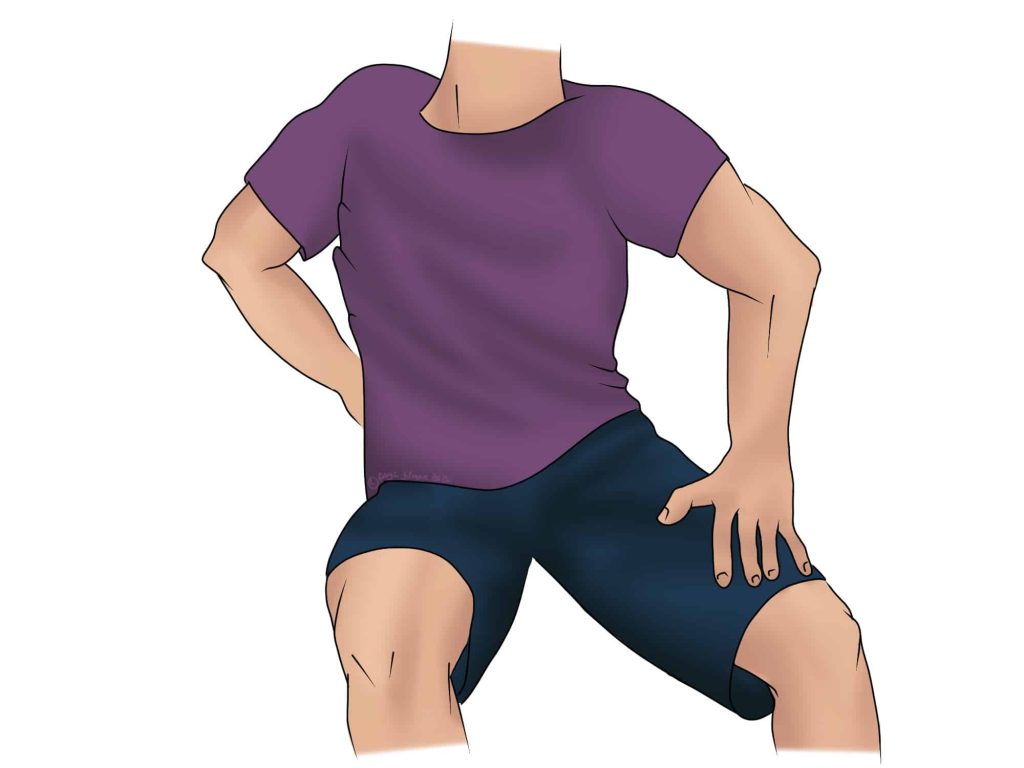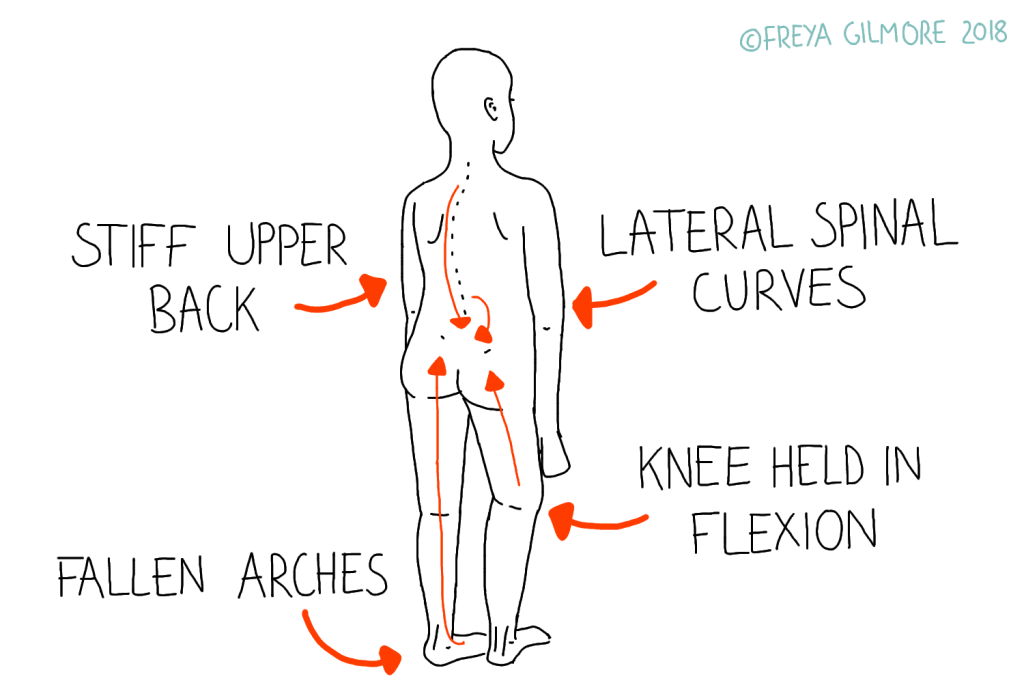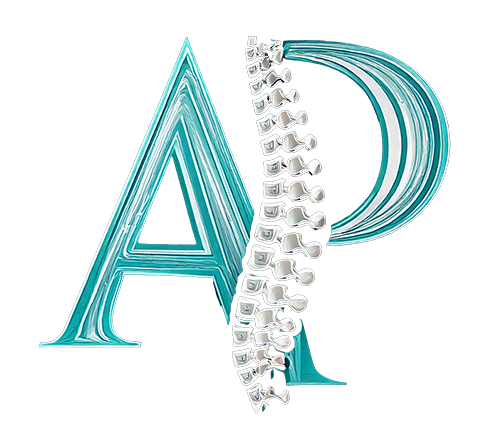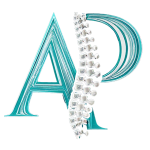Joint Pains
We all get aches and pains from time to time, sometimes coming out of nowhere. When should you get yours assessed or treated?

Addressing minor aches and pains with check-ups
Just like you see your optician or dentist for regular check ups without symptoms, you can do the same with your osteopath. This means you can mention little twinges and aches that you might not otherwise make an appointment for.
Some problems develop from the way the body has adapted to other aches and pains. We can spot these changes at a check up and nip them in the bud.

Adaptability
Our bodies change throughout our lives, and the demand we put on our tissues does too.
Childhood growth spurts to old age
Children can benefit from check ups too. Growth spurts can be associated with aches and pains, such as those at the top of the shin. This can develop into Osgood Schlatter disease if not prevented. Working to improve flexibility can minimise symptoms and allow your child to carry on as normal.
The incidence of “wear and tear” conditions like osteoarthritis increase with age. Often this can be managed well when caught early- even before it becomes symptomatic. Not only does this keep the affected joint healthy, but it prevents need for other joints to compensate.
Pregnancy, menopause, and other hormonal changes
We associate pregnancy with lower back pain, both due to hormones and changes to balance. The menopause is another time when hormones go through a major shift. This too can be accompanied by a number of aches and pains. For some women, menopause coincides with the onset of migraines, which might respond better to manual therapy than medication.
“Non-specific” aches and pains
Both neck and lower back pain can be defined as “non-specific”. This just means that the cause is not serious, and that it is suitable for treatment.
Mild twinges in muscles might be intermittent or recurrent and hard to pin down. Nevertheless, we can still assess the area even between symptomatic periods. These things don’t tend to happen in isolation, so your osteopath is likely to be able to find a cause of your symptoms.
We can also offer advice with the aim of preventing future episodes. This might be in the form of exercises to stretch or strengthen an area, or it might be more focused to first aid.
If you’re ready to address your aches and pains, book an appointment online.

